The coral reefs and marine life in the ocean are incredible when you dive or snorkel. What you do in the water makes a big difference to these fragile environments. From small corals to large manta rays, everything needs visitors to be responsible so that they can live and thrive. Whether you're a novice snorkeler or a veteran diver, observing best practices helps keep these special places thriving for others to visit. Here are ten simple ways to be gentle with marine life and still have a wonderful time in the water.

Way 1: Choose Eco-Conscious Dive Operators
The most responsible dive shops have a Green Fins certification to show that they care about the environment. They take small groups, and only 4-6 divers follow one guide at a time. Responsible dive shops never anchor on reefs - they have permanent buoys that they moor their boats to. All tours start with a lecture on ocean conservation, and guides have rules against touching marine life or feeding fish. These operators train their staff about ocean creatures and clean the beaches and reefs regularly. You can ask them on their website or give them a call and ask about these practices, and the dive shops that are responsible will always be more than willing to tell you about how they save the ocean.
Way 2: Use Reef-Safe Sunscreen
Regular sunscreens contain chemicals that are detrimental to coral reefs, though in minute amounts. The two most important ones to avoid are oxybenzone and octinoxate, which are poisonous to baby corals. Zinc oxide or titanium dioxide is what excellent reef-safe sunscreens contain - these minerals screen off UV rays without being poisonous to marine life. Apply the sunscreen at least 30 minutes before getting in the water, and it needs to be reapplied after 2 hours.
Way 3: Practice Proper Buoyancy Control
Good buoyancy control is crucial for safe diving and reef conservation. Practice hovering in place and gliding underwater during a pool session before your first reef dive. The basics are simple: breathe in small increments of air to ascend, exhale small increments to descend. Your breathing also dictates how you float - a deep breath makes you rise slightly, and exhaling makes you go down. The right amount of weight on your belt makes you float at eye level when you have a normal breath. Most dive shops include buoyancy training, and it is well worth the extra time to learn these skills properly.

Way 4: Avoid Touching Marine Life
Underwater life also has space, as the human does. One rule is to maintain at least 3 meters (10 feet) away from most aquatic animals and keep even more distant from large creatures like sea turtles and rays. Some animals look tough, yet even a very gentle touch removes their protective shield or stresses them out. Sea turtles will change direction when divers get too close, and it takes them precious energy. Brain corals take decades to grow but can be ruined in seconds by an unthinking touch. If you have to hold yourself steady, do it with your buoyancy control instead of hanging onto rocks or coral.
Way 5: Steer Clear of Feeding Wildlife
Feeding sea creatures can change their natural behavior in harmful ways. When fish get used to being fed by humans, they might stop hunting for their normal food and become dependent on handouts. This can mess up the local food chain. Local fish might start crowding around dive sites instead of spreading out to eat algae off the reef, which helps keep corals healthy. Bread, crackers, and other human foods can make marine animals sick since their bodies aren't made to digest these foods. Some fish might also get too brave around humans, which could lead to bites or other accidents.
Way 6: Be Mindful of Fin Movements
The way you kick your fins makes a big difference to reef health. A careless kick can stir up sand that settles on corals and blocks their sunlight. Small, controlled fin movements from your hips work best - like a bicycle pedal motion but slower. Your fins should stay level with your body, not pointing down at the reef. A good trick is to keep your knees straight and let your thighs do the work. When you need to turn around, pivot from your waist rather than using your fins to spin. These simple changes in how you move can help keep the water clear and the reefs healthy.

Way 7: Participate in Waste Management
Many dive shops have mesh bags you can carry to collect trash during your dive. Start small - pick up one or two pieces of garbage that you spot, like plastic bottles or fishing line. Fishing lines are especially important to remove since they can trap fish and damage corals. Many coastal dive shops run monthly clean-up dives that you can join. These dives are often free or low-cost, and they're a great way to meet other divers who care about the ocean. If you spot larger items that aren't safe to move, take a photo and tell your dive guide about the location so they can plan a proper removal.
Way 8: Minimize Plastic Usage
Bringing a few reusable items on your dive trip can cut down on a lot of plastic waste. A large water bottle saves you from buying multiple small plastic bottles throughout the day. Pack your snorkel gear in a mesh bag instead of plastic shopping bags - it lasts longer and dries quickly. Pack your own snacks in reusable containers to avoid plastic wrappers. Most dive boats now have water refill stations, so you don't need to worry about running out of water. Simple switches like these keep plastic out of the ocean, where it can harm sea life.
Way 9: Support Local Conservation Efforts
Most dive areas have local groups working to protect the reefs. Ask your dive shop about nearby marine conservation projects - many welcome day volunteers for jobs like beach cleanups or coral surveys. Some places run coral nursery programs where you can help plant new corals. Even a small donation to these local groups helps, since they know exactly what their reefs need. Marine parks often have visitor fees that go straight to protecting the area. The staff at these parks can tell you what challenges their reefs face and how visitors can help.
Way 10: Educate Yourself and Others
Local fish and coral guides help you spot and name what you see underwater, which makes your dives more fun. Many dive shops offer short marine life classes or have guides who share facts about local species during briefings. When you know what you're looking at, you notice more details and understand why certain dive rules matter. Share your photos and stories with friends, but also tell them about the simple things they can do to protect marine life. Most divers care about the ocean - they just need to know how their actions affect it.

Minimize Your Impact Underwater!
Each choice you make while snorkeling or diving helps protect sea life. From choosing good dive shops and reef-safe sunscreen to walking slowly near coral reefs, these little things add up to make a big difference. By sharing these habits with others and joining local conservation projects, you help create a community that cares about our oceans. We can maintain these underwater worlds healthy for everyone to enjoy.
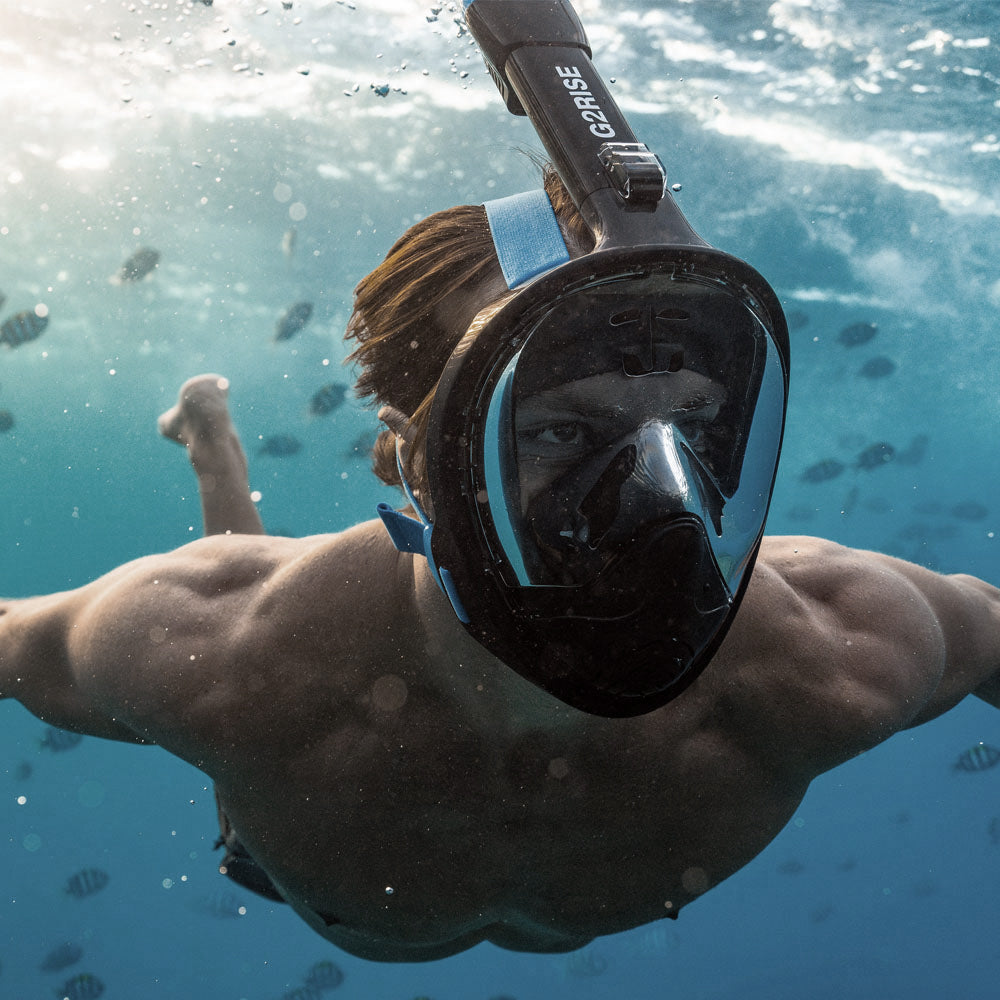
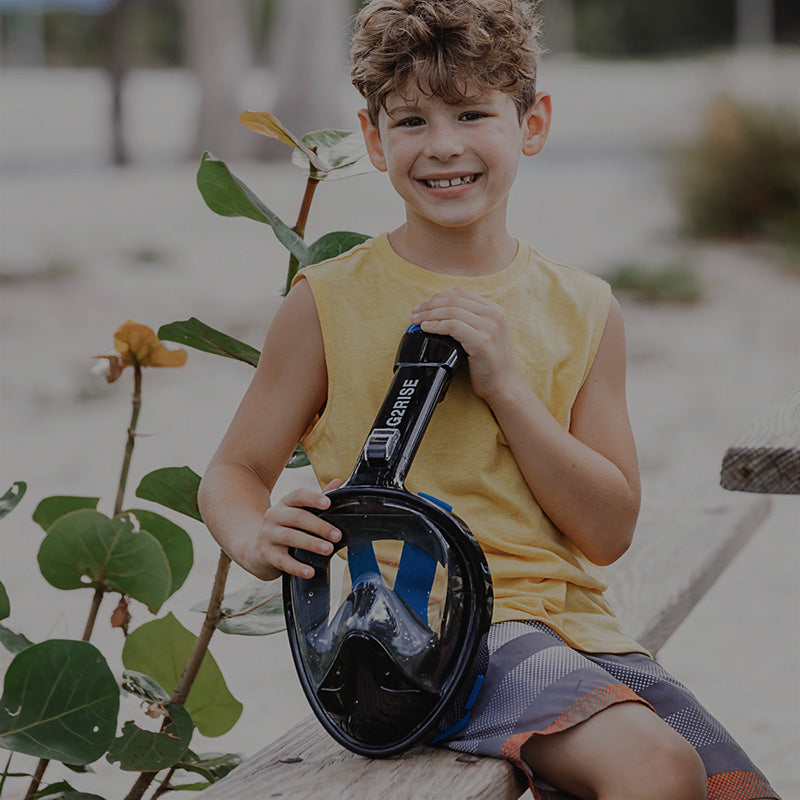
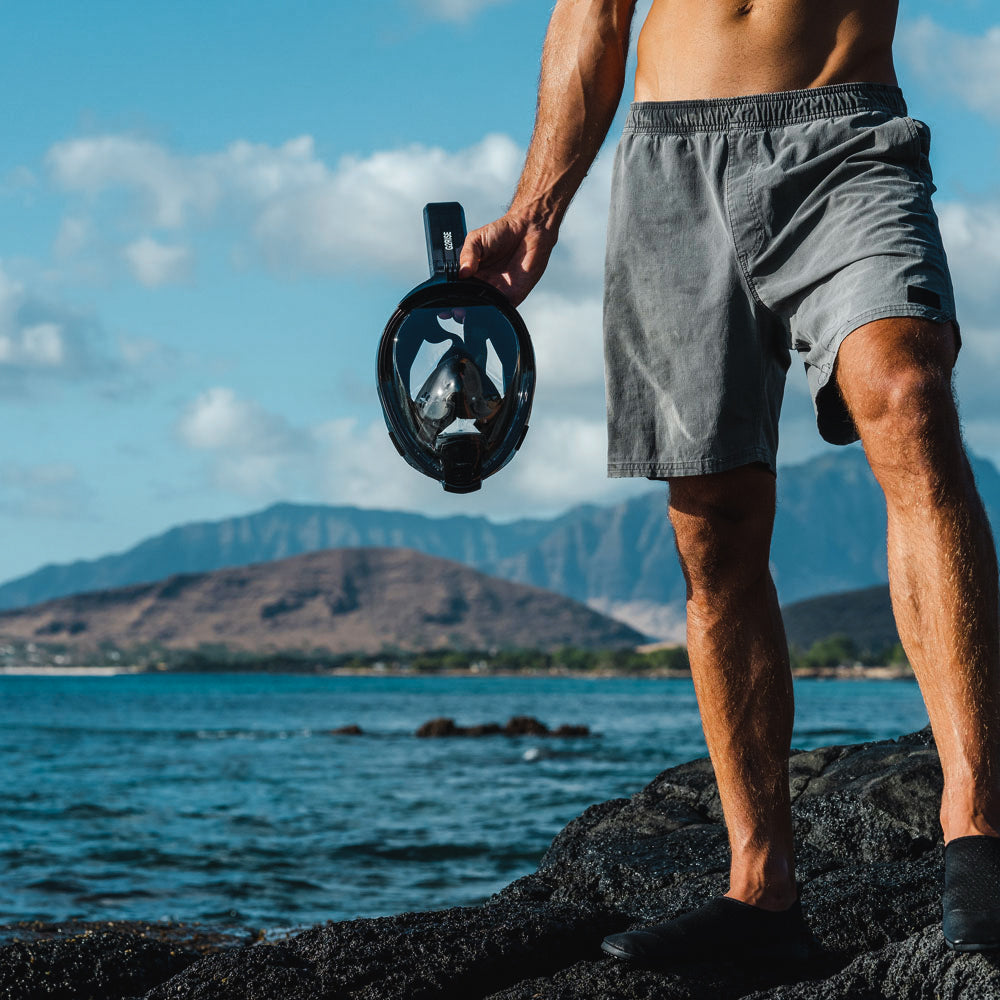
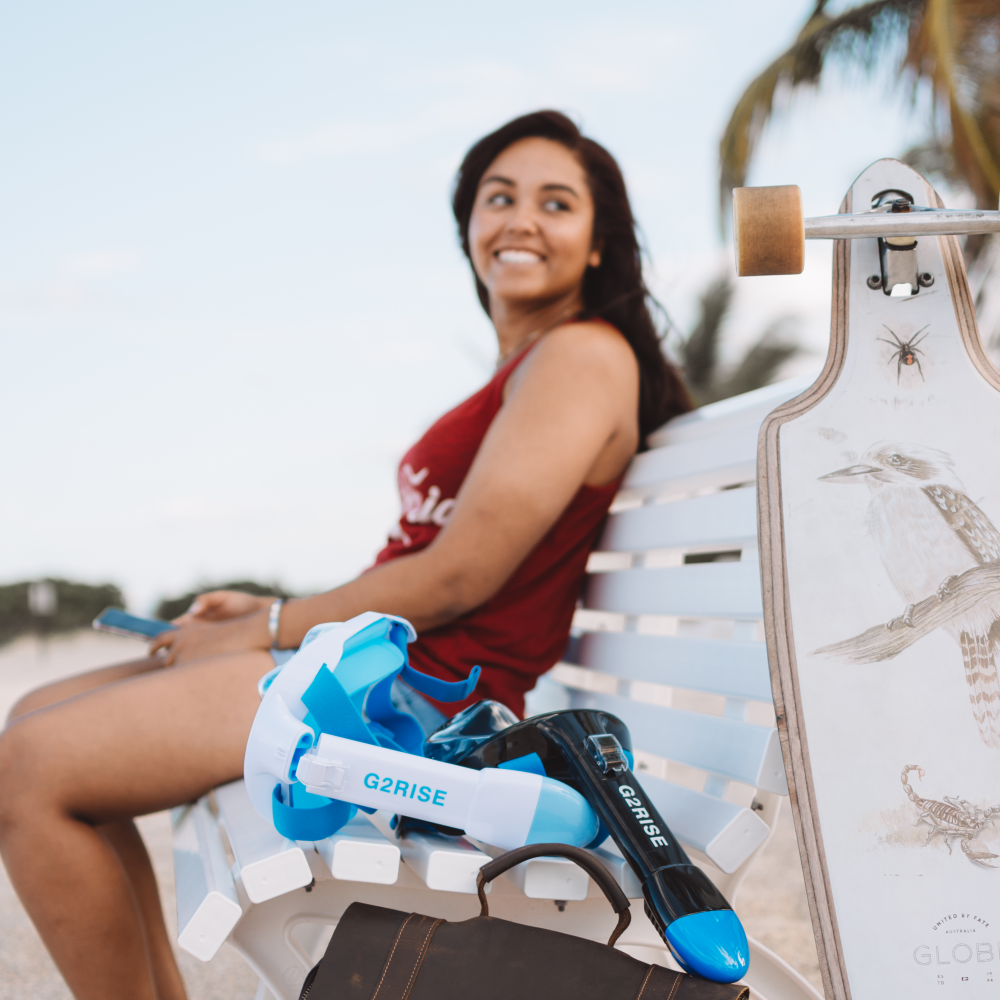
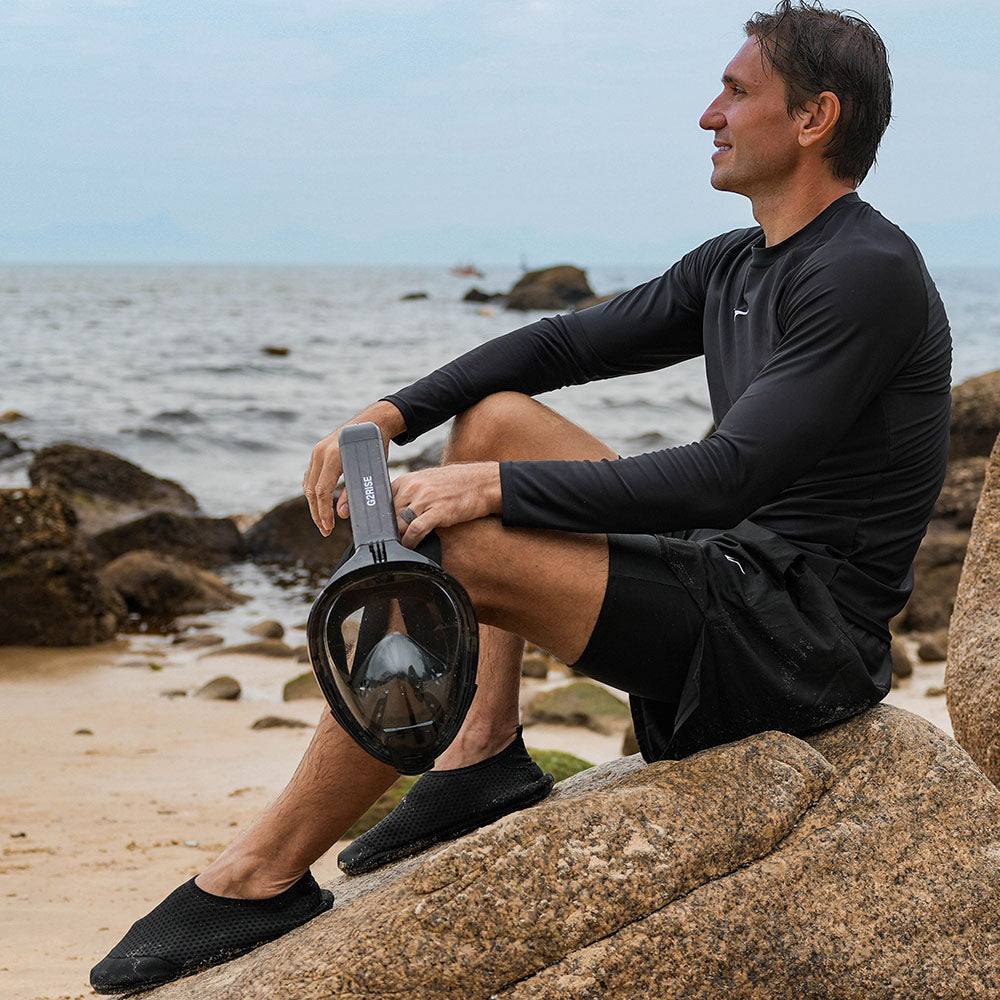

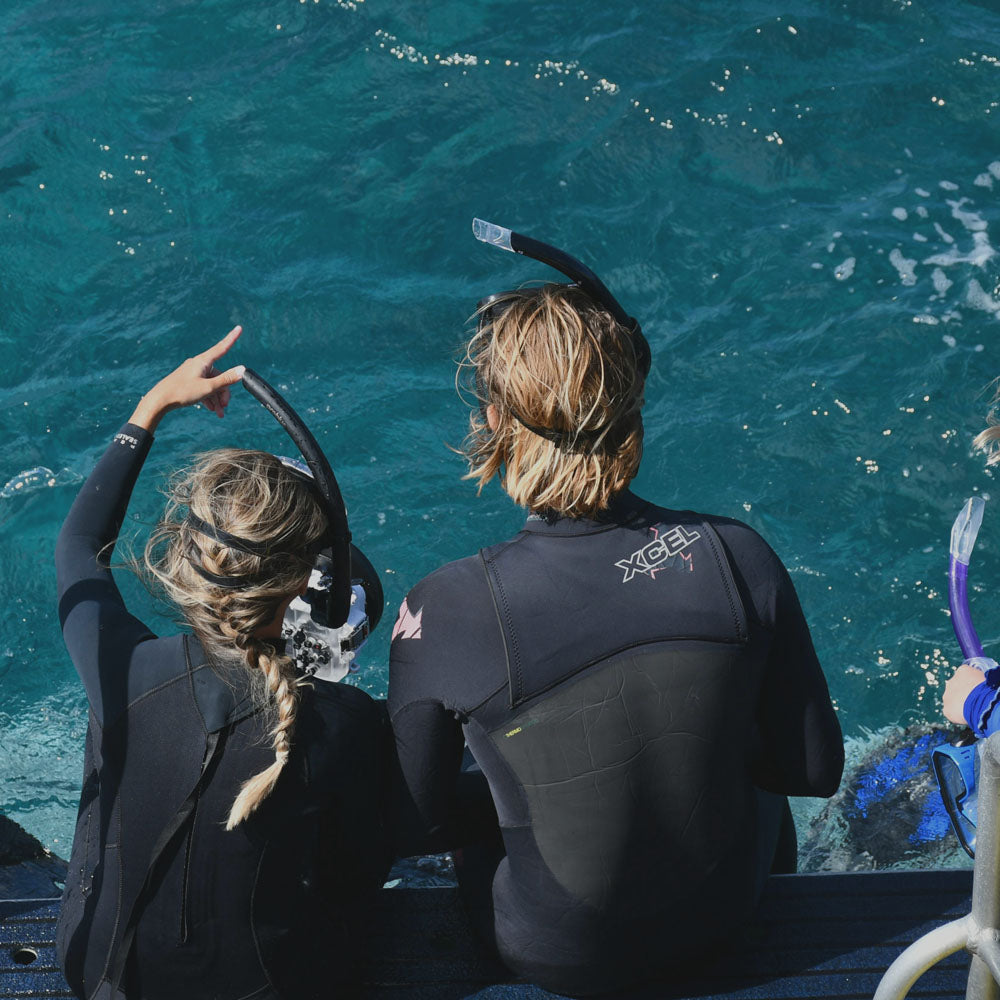
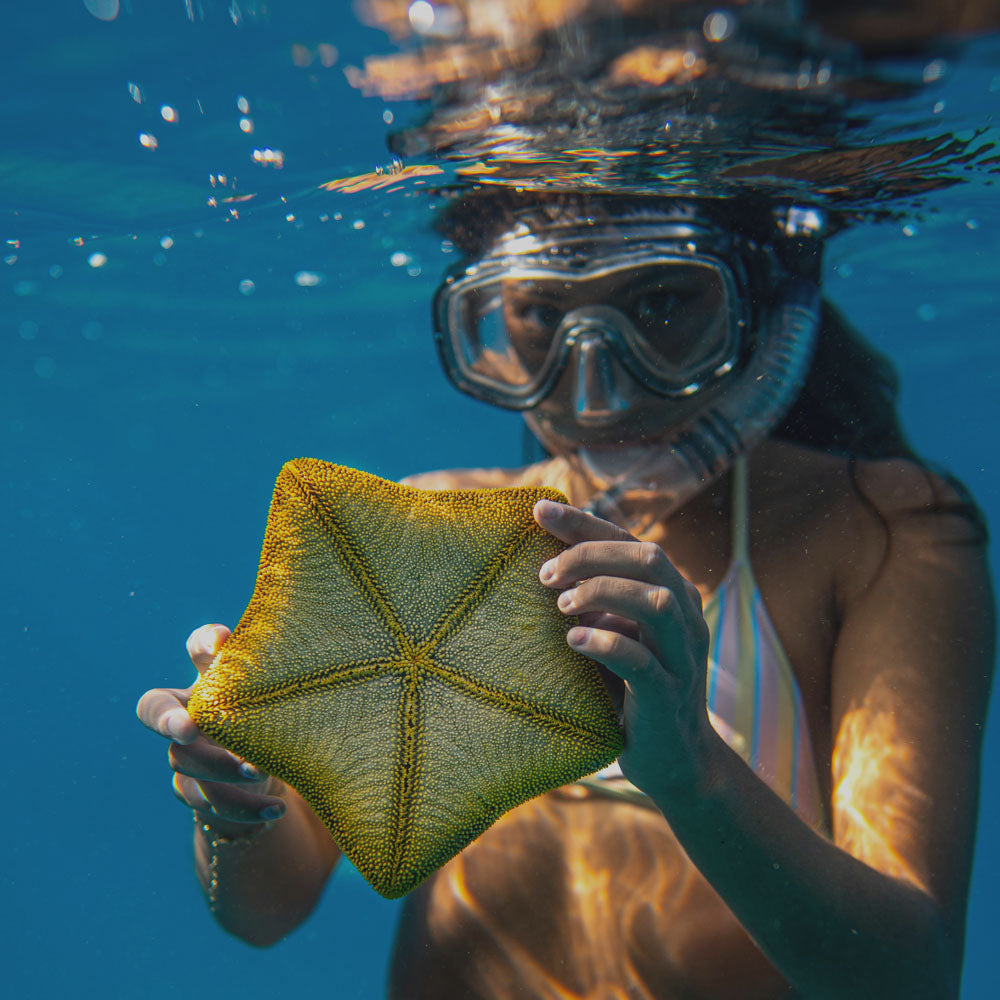

Leave a comment
This site is protected by hCaptcha and the hCaptcha Privacy Policy and Terms of Service apply.